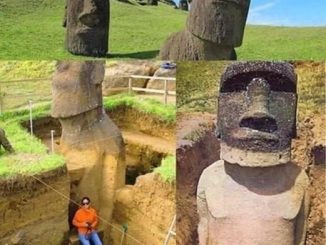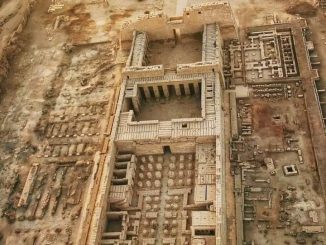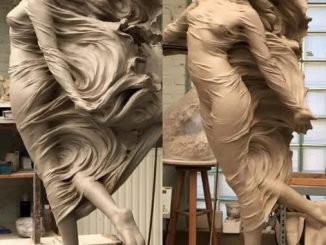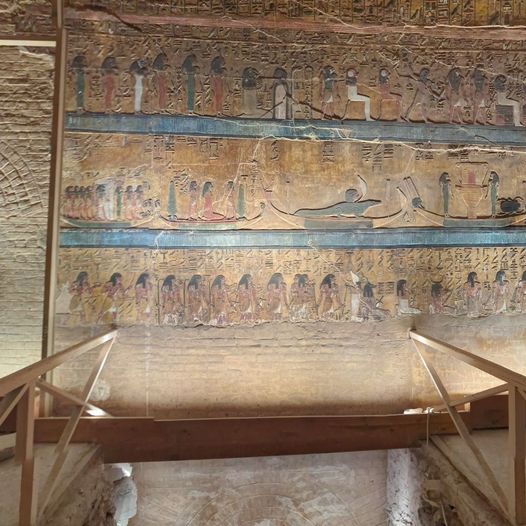
Tomb KV17, nestled within the illustrious Valley of the Kings in Egypt, stands as a testament to the grandeur and opulence of ancient Egyptian burial practices. This majestic tomb serves as the final resting place of Pharaoh Seti I, a prominent ruler of the Nineteenth Dynasty. Known by various names such as “Belzoni’s tomb”, “the Tomb of Apis”, and “the Tomb of Psammis, son of Nechois”, KV17 boasts unparalleled decoration and architectural splendor, making it one of the most captivating sites in the valley. In this article, we delve into the rich history and significance of Tomb KV17, exploring its remarkable features and enduring legacy.
Body: Exploring the Depths of KV17
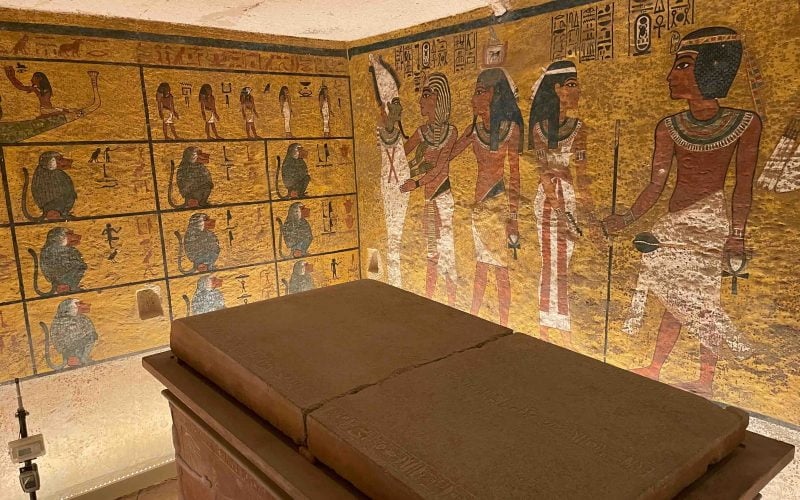
Tomb KV17 is renowned for its exquisite decoration and monumental scale, reflecting the power and prestige of Pharaoh Seti I. The tomb’s intricate reliefs, vibrant paintings, and elaborate hieroglyphs adorn the walls and ceilings, depicting scenes from ancient Egyptian mythology, religious rituals, and the pharaoh’s journey to the afterlife. Spanning multiple chambers and corridors, KV17 boasts a labyrinthine layout that extends deep into the bedrock of the valley, with its innermost chambers reaching depths unparalleled by other tombs in the vicinity. Its impressive size and complexity underscore the significance of Seti I’s reign and his aspirations for eternal preservation in the afterlife.
Legacy and Renown of Tomb KV17
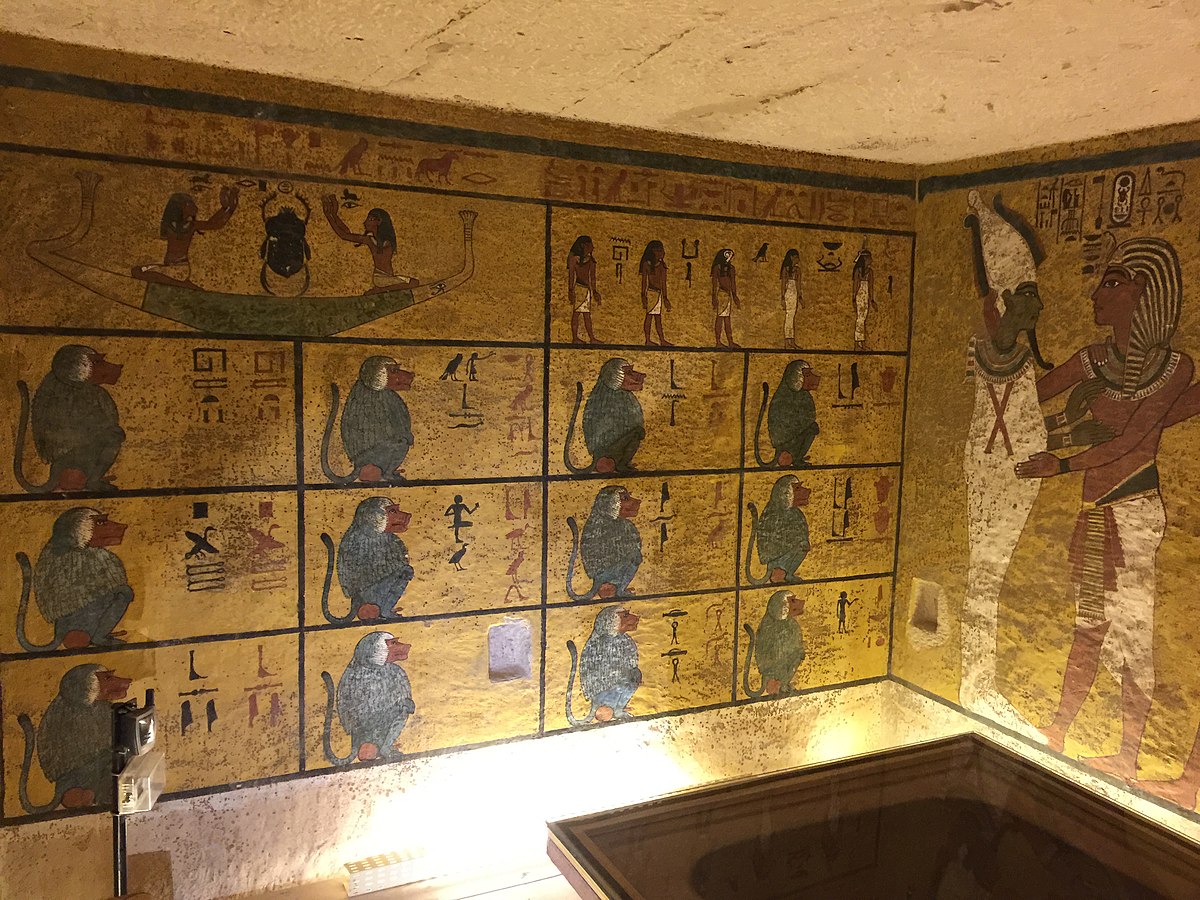
Throughout history, Tomb KV17 has captivated the imaginations of archaeologists, historians, and enthusiasts alike, earning a reputation as one of the most iconic and well-preserved tombs in the Valley of the Kings. Its association with Pharaoh Seti I, a revered monarch known for his military conquests and cultural achievements, has further enhanced its allure and prestige. Over the centuries, KV17 has served as a source of inspiration and fascination, drawing visitors from around the world to marvel at its splendor and unravel the mysteries of ancient Egyptian civilization.
Preserving the Heritage of KV17
In conclusion, Tomb KV17 stands as a monument to the ingenuity, artistry, and spiritual beliefs of ancient Egypt. Its richly adorned chambers and profound symbolism offer a window into the world of Pharaoh Seti I and the rituals surrounding death and the afterlife in ancient Egyptian society. As we continue to explore and study the wonders of KV17, it is imperative that we strive to preserve and protect this invaluable heritage for future generations. Through ongoing archaeological research and conservation efforts, we can ensure that the legacy of Tomb KV17 endures as a testament to the enduring legacy of Egypt’s pharaohs and the remarkable civilization they built.
Exploring Further: Archeological Insights
Further archaeological investigations into Tomb KV17 and other sites within the Valley of the Kings promise to yield new discoveries and insights into the lives and beliefs of ancient Egyptians. By unraveling the secrets of KV17, archaeologists can shed light on the religious practices, burial customs, and royal dynasties that shaped the course of Egyptian history. As we delve deeper into the mysteries of the past, we gain a deeper appreciation for the cultural heritage of ancient Egypt and the enduring legacy of its pharaohs.
